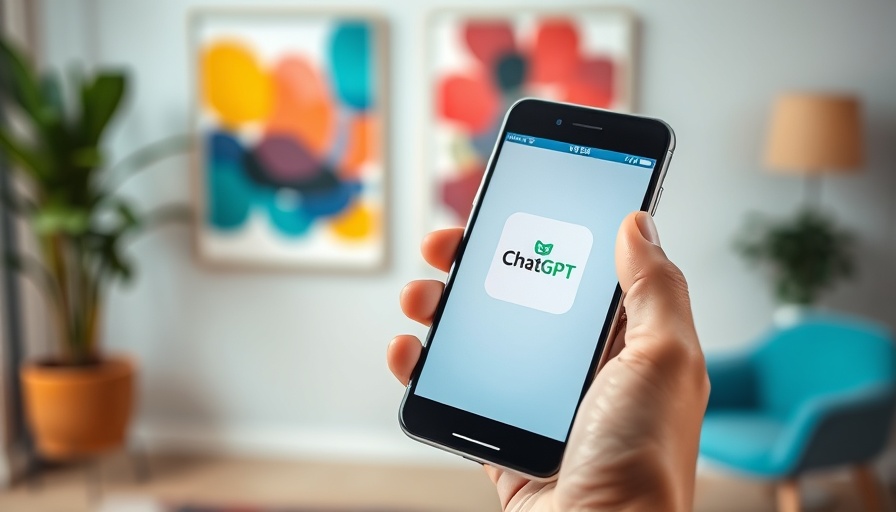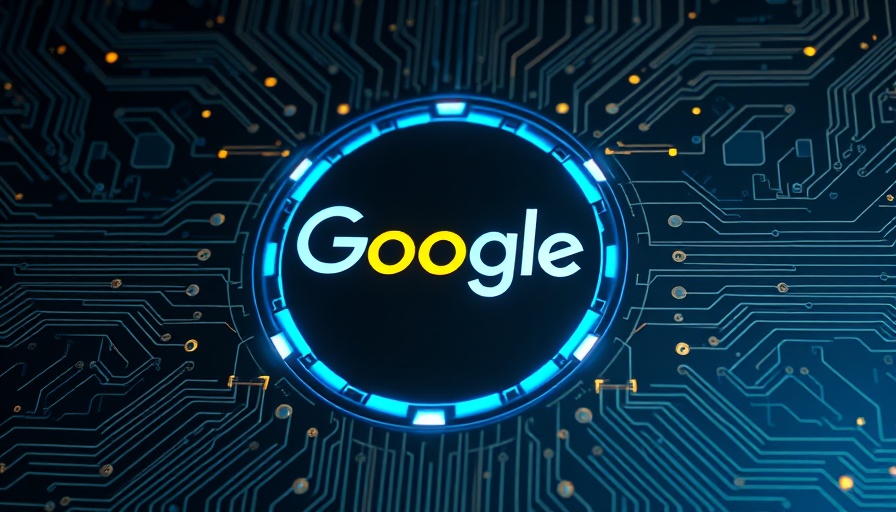
When Panic Strikes: The Surprising Role of AI
Panic attacks can occur unexpectedly, leaving individuals feeling isolated and frightened. As a business professional navigating high-stress environments, the experience is particularly important to understand. In a recent personal account, the author revealed how they turned to ChatGPT during a panic attack, an unconventional source of support when human contacts seemed unavailable. This experience showcases not only the effectiveness of technology in easing mental distress but also raises questions about the role of AI in our personal lives.
Understanding Panic Attacks
Panic attacks can manifest differently in each person; they can appear as overwhelming anxiety, difficulty breathing, or a sense of impending doom. For many executives and professionals, the pressures of work can exacerbate these feelings, often leading to a cycle of stress and anxiety. The author of the original article, who has experienced panic attacks, described how frequent mindfulness exercises and therapy had previously helped them manage anxiety. However, on that day, they felt the symptoms creeping back in an overwhelming rush.
Leveraging AI: Did ChatGPT Deliver?
When the moment of panic arrived, rather than reaching for a friend or therapist, the author opted to engage with ChatGPT. With its Voice and Vision capabilities, ChatGPT provided an interactive experience that was surprisingly calming. The programmed AI not only offered guided breathing techniques, reminiscent of the methods taught by their therapist, but did so in a comforting, steady manner. This personal interaction became a lifeline, illustrating that in moments of solitude, AI can step in to provide care when traditional avenues seem out of reach.
Expert Insights: AI's Role in Mental Health
While the author's experience raises compelling points about AI assistance in times of mental crisis, it also opens a broader discussion. Dr. Lawrence K. Straus, a psychologist, warned that while AI offers valuable support, it is not a replacement for professional mental health intervention. The ideal approach for individuals struggling with anxiety or panic disorders is to combine technology with human-driven therapy. This nuanced perspective emphasizes that while AI can augment emotional support, it must not be the primary solution.
Facing a Stigma: Why People Avoid Talking About Mental Health
In high-stakes environments, such as tech and marketing industries, professionals often feel pressured to maintain a façade of strength, avoiding conversations around mental health. This cultural stigma prevents many from reaching out during times of need, making them feel isolated when anxiety strikes. Using AI presents a new frontier: it allows individuals to explore their feelings without judgment, bridging the gap between the desire for assistance and the fear of being vulnerable.
Looking Ahead: The Future of AI in Mental Health
The effectiveness of AI technologies to handle initial anxiety episodes opens the door to exciting possibilities. As more professionals adopt tools like AI for well-being, the tech industry will likely push for solutions that integrate emotional intelligence and real-time assistance in mental health contexts. This integration can pave the way for blended models of support, combining the personalized touch of therapists with the round-the-clock availability of AI.
Take Action: Embrace Innovation Responsibly
As we navigate our increasingly tech-driven world, it becomes vital for business leaders, especially in high-stress industries, to embrace innovations mindfully. The tools we choose can profoundly affect not only our productivity but also our mental well-being. In times of heightened anxiety, consider leveraging available technology alongside traditional mental health resources. Embracing this hybrid approach can ensure you have comprehensive support systems in place.
 Add Row
Add Row  Add
Add 




 Add Row
Add Row  Add
Add 

Write A Comment